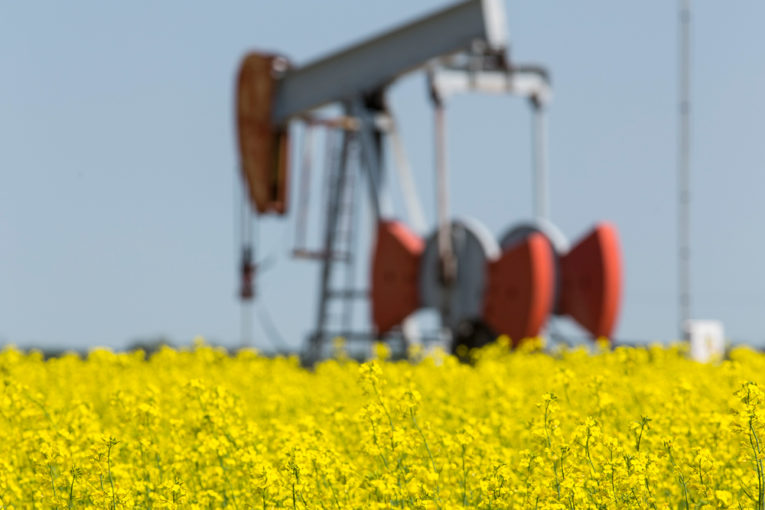
Alberta Premier Jason Kenney could not have timed his trip to New York to glad-hand with major American bankers and investment managers any better.
Kenney spent three days in mid-September taxiing around Midtown Manhattan to pump up Alberta’s oil industry at 13 meetings with major funds such as private-equity giant Riverstone Holdings LLC and events organized by finance boutiques Peters & Co. Ltd. and AltaCorp Capital Inc.
The trip, which was booked well ahead of time, occurred while the world was in turmoil following high-precision missile attacks on Abqaiq, the world’s largest oil-processing facility and one that handles 60 per cent of Saudi Arabian Oil Co.’s production (better known as Saudi Aramco).
The Aramco refinery strike clearly reminded these folks on Wall Street that energy security is not just some abstraction and Middle East energy is highly volatile
Alberta Premier Jason Kenney
“The Aramco refinery strike clearly reminded these folks on Wall Street that energy security is not just some abstraction and Middle East energy is highly volatile. It could not have been a better backstop for my trip, which was to underscore the reliability of Canada as a major source of energy,” Kenney said, referring to the 15-per-cent surge in global oil prices and the double-digit stock gains by oil companies, including Canadian producers.
Analysts said the attacks re-introduced a “geopolitical risk premium” that had been absent from the market for the past five years, which will cause major oil-importing countries such as China to re-examine their supply chains amid fresh concerns about energy security and potentially boost the case for investing in oil-producing countries like Canada with less geopolitical risk.
Kenney, who was elected earlier this year on a promise to boost the local oilpatch, said he’s aware the oil and gas sector has fallen out of favour with institutional investors around the world as its equities have underperformed the market. Still, he is trying to seize on some of the newly resurfaced concerns about energy security and geopolitical risk and, so far, his message seems to have found a receptive audience in New York.
Canada and Brazil are the two places that are going to benefit
Robert Johnston of Eurasia Group
“I don’t think there’s any geopolitical risk in Canada,” said Robert Johnston, managing director, global energy and natural resources, at the Eurasia Group, a political risk research and consulting firm.
He said Canadian oil producers have been upset about a lack of new pipelines that have hampered the growth of supply from Alberta and Saskatchewan, but these lower-order regulatory risks pale in comparison to the risk of violence in the Middle East and elsewhere.
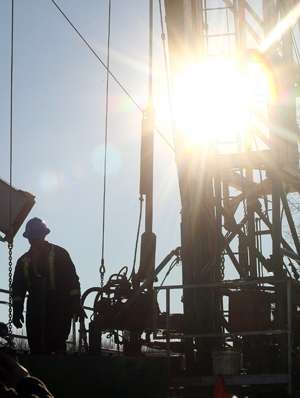
Johnston, who met with Kenney while the premier was in New York, said he’s “bullish” on Canada’s ability to boost its production and take some of the market share that Saudi Arabia and other members of the Organization of the Petroleum Exporting Countries could lose over the longer term as a result of the fallout from the missile strikes.
“Canada and Brazil are the two places that are going to benefit,” he said, noting that both countries have large investable oil reserves and major investors are looking for scale.
If that investment happens, it would represent a dramatic reversal of fortunes for the Canadian oilpatch, where the only reliable trend in recent years has been a consistent exodus of capital and foreign operators from plays such as the oilsands.
Canada’s energy industry needs to see progress on pipelines and a clearer regulatory system before investors will return en masse
Shares in most upstream oil and gas companies are trading at or near all-time lows and the amount of money those companies are spending on drilling for new oil and gas has nosedived.
Canadian producers are on pace to invest $19.5 billion in conventional oil and gas projects in the country this year and $12 billion in the oilsands, which is down 58 per cent and 64 per cent, respectively, from peak levels in 2014, according to ARC Energy Research Institute data.
Spending on new projects is also on the decline elsewhere, with the notable exception of the Permian Basin in West Texas, which has been the world’s hottest oil play in recent years, hoovering up almost all the available capital for oil investment.
OPEC’s most recent World Oil Outlook noted that upstream investment in new oil supply peaked at US$527 billion in 2014, then fell 26 per cent in 2015 and 24 per cent in 2016. Investment slightly recovered by five per cent in 2017 and is projected to rise six per cent per year from 2018 through 2023.
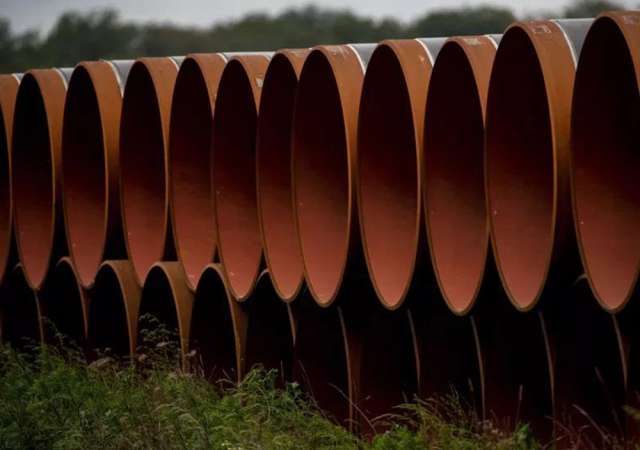
Others are more bullish.
For example, the International Energy Agency in its most recent outlook forecasts that upstream spending on oil and gas will increase to US$580 billion between 2018 and 2025, from US$540 billion in 2017, and then rise again to an average of US$740 billion between 2025 and 2040.
Energy-focused hedge funds are also now managing more money than they did before the oil price crash of 2014, according to Eurekahedge, a Singapore-based firm that analyzes hedge-fund trends.
Its data show that 228 energy-focused hedge funds managed US$59.5 billion in assets as of August 2019, up 10 per cent from US$53.8 billion last year and 25 per cent from US$47.5 billion in 2013.
Eurekahedge data come from a combination of both long and short funds, so it isn’t necessarily a clear indication of bullishness in oil.
However, active long-only energy fund managers in Canada have been shifting their investment dollars back into the country after years of investing elsewhere, particularly into U.S. producers.
“I’m reinvigorated about our sector,” said Rafi Tahmazian, managing director and senior portfolio manager at Canoe Financial LP.
Tahmazian shifted his investments to the U.S. in the fall of 2015, but has been buying Canadian oil companies since this past spring.
“I do believe this sector trades at skeletal values,” he said, adding that he expects the attacks on Saudi Arabia could lead to more “speculative capital” being deployed in the Canadian energy sector.
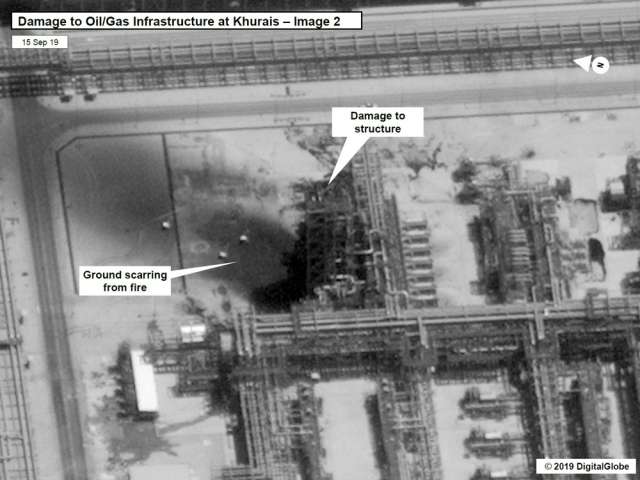
Right now, Tahmazian said, oil investors are watching the fallout from the attacks and evaluating how the Saudis are managing it.
In the days that followed the attacks, Saudi officials blamed Iran, but also presented a brave face in an attempt to calm the market. They promised to honour all their contracts to supply oil, complete repairs quickly and, critically, go ahead with a planned initial public offering of Crown jewel Saudi Aramco.
Oil prices dropped slightly following those assurances, because Saudi and United States officials said there was more than enough oil in storage to keep the market well supplied.
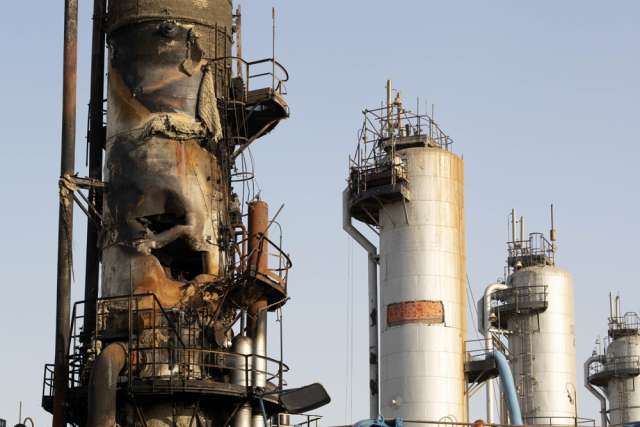
But many analysts and investors believe it will take longer to repair the facilities than the Saudis are admitting, draining oil in storage to critical levels, and that further escalation in the Middle East will cause additional supply shocks.
In the meantime, investors and oil importers are looking for other jurisdictions to invest their cash and source their crude.
“Saudi’s own inventories, which are already in decline, will face heightened pressure as the country strives to normalize exports, particularly given that we do not take the official repair timetable at face value,” Raymond James analysts said in a note published Monday, which added that “the odds of military escalation between Saudi and Iran are more likely than the market is currently pricing into oil.”
Most analysts expect oil prices will likely increase further if oil storage levels sharply decline, Abqaiq repairs are extensive and time consuming, or there are additional attacks.
“The market is not pricing in a retaliation premium,” RBC Capital Markets managing director, global energy strategy Michael Tran said, adding the Saudis are unlikely to allow the attacks to go unchecked.
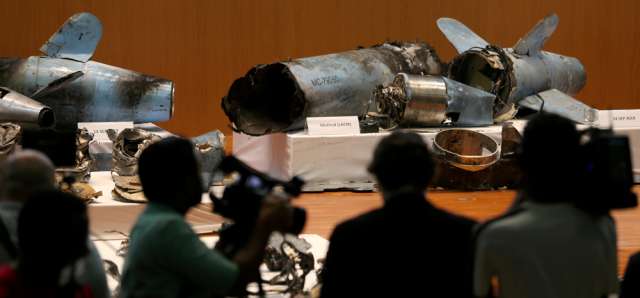
Canadian oil producers could potentially benefit from any disruption in the oil market and pitch their country as a logical place to rely on for energy security, Tran said, if only it had new pipelines operating today.
For example, he said, China currently relies on just five countries for two-thirds of its oil imports: Saudi Arabia supplies 15 per cent while Iran and Venezuela combined have historically accounted for another 10 per cent. Saudi Arabia’s abilities are now in question and supplies from the latter two countries have been interrupted by sanctions and, in the case of Venezuela, economic collapse.
25 per cent of Chinese imports are now hamstrung
“So 25 per cent of Chinese imports are now hamstrung,” Tran said, adding that China imports a lot of heavier oil so Western Canada Select heavy blends would be “a perfect fit.”
Bill Farren-Price, a long-time analyst of Middle East geopolitics and director of RS Energy Group, a Calgary-based investment adviser, said the attacks on Abqaiq represented the largest hit to oil supplies since Iraq’s invasion of Kuwait in 1990.
“More than half of Saudi crude went offline,” he said.
Farren-Price said the attacks are likely to have two consequences for major oil-importing countries. It will cause countries such as China, India, South Korea and Japan to “broaden their base of supply,” and it will potentially push those countries to take more steps toward electrifying their transportation sectors through regulations or directives that encourage the adoption of more electric vehicles.
“This could be a push to move on from the oil era,” he said, especially if supply disruptions have any longer-term effects that wreak havoc on oil-importing countries and alter the long-term outlook for oil demand.
Both scenarios could potentially prove a boost to non-OPEC oil and gas producers, including Canada.
If Asian oil-importing countries opt for more electrification of their grid, the move would likely result in rising demand for natural gas to produce caseload electricity. Analysts say in that case, Canadian producers exporting liquefied natural gas from proposed projects off the West Coast could stand to benefit.
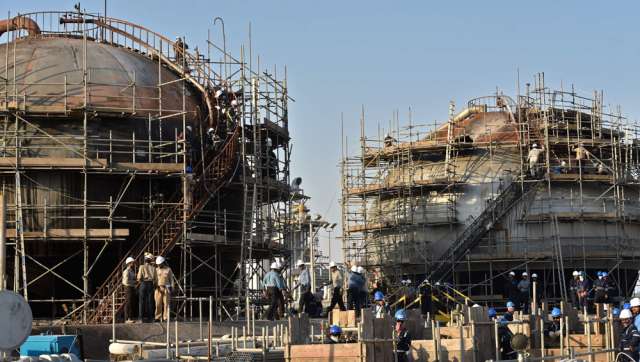
“(The attacks) absolutely should be an eye opener,” said Les Stelmach, senior vice-president and portfolio manager at Franklin Bissett Investment Management, who added it’s likely that some generalist funds currently underweight on oil and gas investments will likely move to buy into the sector.
Stelmach said, however, the Canadian energy industry needs to see meaningful progress on pipelines and a clearer regulatory system before investors will move back into the Canadian oilpatch en masse.
On that issue, Kenney said he’s optimistic that progress is being made on new pipeline projects and that companies such as Enbridge Inc. and TC Energy Corp. have had some success adding drag-reducing agents to existing pipelines, boosting their capacity to move heavy oil.
To address concerns about Alberta’s oil export capacity, Kenney said he also had conversations in New York about how close the province was to striking a rail deal with oil producers in the province.
Under the deal, which Kenney said he expects to announce in a month, the province will sell its own crude-by-rail contracts to ship oil out of the province to oil producers. Canadian Natural Resources Ltd. has previously confirmed its interest in buying these contracts.
Once those contracts change hands, and if companies commit to moving more oil out of the province on trains, the province is willing to partially lift its production caps on the oilsands, which were imposed at the beginning of this year as domestic heavy oil prices cratered.
Perhaps encouraged by the market reinforcing his investment pitch in New York, Kenney said he’s now planning additional trips to the U.S. in an attempt to woo investors in Dallas and Houston in November after the crude-by-rail deal is finalized, and then San Francisco after that.
Early in 2020, Kenney said he also intends to lead a similar trip to South Korea and Japan in an attempt to sell investors on Canadian energy security.
“Several of the major fund managers in New York strongly recommended we increase our visibility in Japan and Korea, in particular, but also in India and the Philippines,” he said. “There’s a lot of capital available in those countries and they’re completely dependent on imports and they want to diversify their source countries. When people talk about a political risk in Canada because we’re having some arguments over pipelines, that should rate as a much, much lower risk issue than the very real, vital, strategic risks that exist in the Middle East.”
• Email: [email protected] | Twitter: geoffreymorgan
You can read more of the news on source
